Peanuts are generally safe for dogs to eat. They are full of vitamins and minerals. These include vitamin E, biotin, folate, niacin, thiamin, and phosphorus. However, be cautious while offering your dog peanuts, as doing so carelessly can be harmful to his health.
Learn about the risks of eating peanuts and what you can do to protect your dog from them.
Can dogs have peanuts?
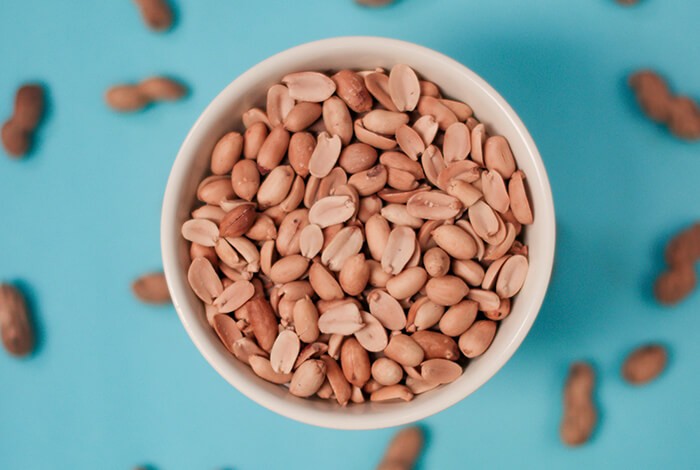 Feeding your dog peanuts will add more essential nutrients to his body. Vitamin B3, vitamin E, protein, niacin, magnesium, phosphorus, and healthy fats are commonly found in peanuts.
Feeding your dog peanuts will add more essential nutrients to his body. Vitamin B3, vitamin E, protein, niacin, magnesium, phosphorus, and healthy fats are commonly found in peanuts.
These vitamins and minerals aid in boosting your furry friend’s health and keep him in tip-top shape.
Are peanuts bad for dogs?
Peanuts are safe for dogs as they do not contain any toxins. While this may be the case, giving your dog peanuts may cause health issues if fed in large amounts or if they are carelessly prepared.
Here are a few health problems caused by peanuts in dogs:
Choking Hazard
Peanuts are small in size and are difficult to chew. Allowing your dog to gobble up peanuts puts him at risk of choking. Instead, you should grind peanuts before serving so that it’s easier for your dog to munch on them.
Allergic Reaction
Peanuts set off allergic reactions in some dogs. Mild symptoms of chronic allergies include recurring ear infections, constant scratching, and thinning of the coat.
Meanwhile, severe allergic reactions in dogs include diarrhea, hives, frequent itching, breathing difficulties, and vomiting.
If it is your dog’s first time eating peanuts, gradually introduce him to the food. As a precautionary measure, do not serve it in considerable quantities if he turns out to have peanut allergies.
This is to prevent severe allergic reactions. If your dog starts showing allergy symptoms, stop feeding him peanuts, and take him to the vet.
Digestive Problems
Peanuts contain high levels of healthy fats. Although it is beneficial for a dog’s health, too much can lead to stomach issues such as diarrhea, gastric upset, and vomiting. In some cases, it can even lead to the pancreas’ inflammation, also known as pancreatitis.
How many peanuts should dogs have?
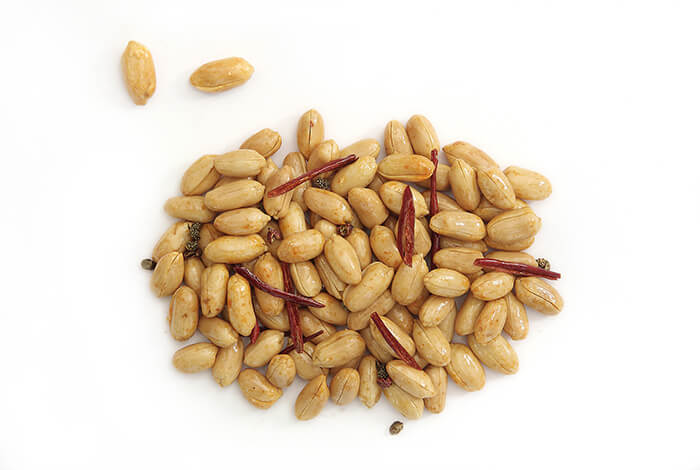 Limit your dog’s consumption to a few plain, unsalted peanuts. Small dogs should only be given around ½ tablespoons of peanuts. Large dogs should get no more than 1 tablespoon of peanuts per day.
Limit your dog’s consumption to a few plain, unsalted peanuts. Small dogs should only be given around ½ tablespoons of peanuts. Large dogs should get no more than 1 tablespoon of peanuts per day.
Peanuts have high concentrations of fat. If dogs eat them in large quantities, stomach problems ranging from mild upset stomach to acute pancreatitis may occur. Feed peanuts to dogs in moderation to avoid any adverse effects.
Can dogs eat boiled peanuts?
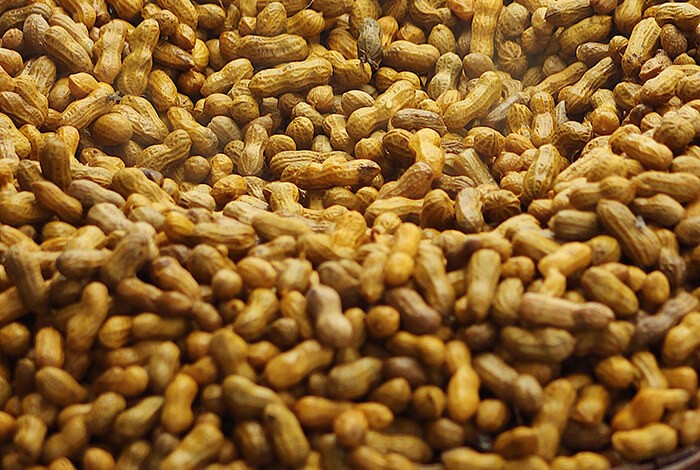 Boiled peanuts are okay for dogs to eat. Raw and dry-roasted peanuts are fine too, as long as they are served plain. Do not add spices, salt, or other flavorings, as they can irritate your furry friend’s stomach.
Boiled peanuts are okay for dogs to eat. Raw and dry-roasted peanuts are fine too, as long as they are served plain. Do not add spices, salt, or other flavorings, as they can irritate your furry friend’s stomach.
Avoid salted peanuts since they contain too much sodium, which can cause toxicity and kidney problems.
Can dogs eat peanut shells?
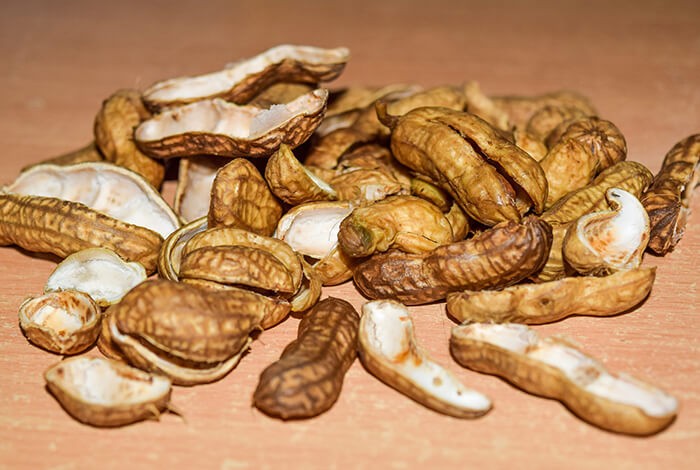 No, peanut shells are dangerous for dogs. They have a hard texture and are fibrous, making them potential choking hazards, especially for small dogs. Also, peanut shells are difficult to digest and may cause severe intestinal blockage.
No, peanut shells are dangerous for dogs. They have a hard texture and are fibrous, making them potential choking hazards, especially for small dogs. Also, peanut shells are difficult to digest and may cause severe intestinal blockage.
Can dogs eat peanut butter?
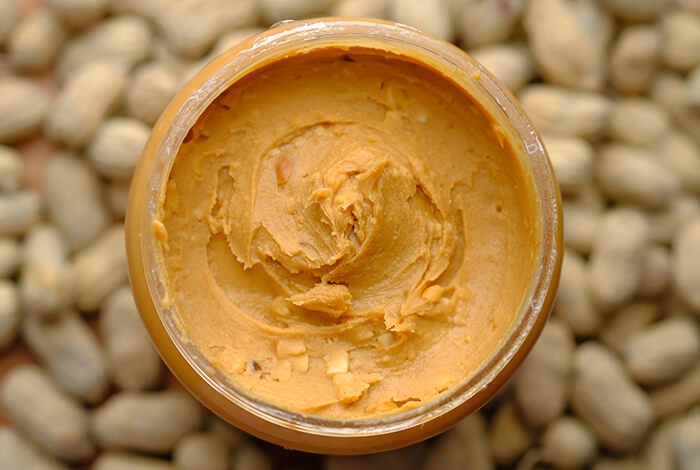 Countless dogs love the taste of peanut butter. It makes an excellent treat for your furry companion, especially during training. Watch out, though, as some peanut butter brands are lethal for dogs. That’s because they contain an artificial sweetener called xylitol, which is extremely toxic to dogs.
Countless dogs love the taste of peanut butter. It makes an excellent treat for your furry companion, especially during training. Watch out, though, as some peanut butter brands are lethal for dogs. That’s because they contain an artificial sweetener called xylitol, which is extremely toxic to dogs.
Small amounts of sugar substitutes can even cause hypoglycemia or low blood sugar levels. Other dangerous side effects of xylitol include seizures and collapse. If possible, create a homemade peanut butter for your dog. This can be done by grinding peanuts in a food processor or blender.
Can dogs eat peanut butter cookies?
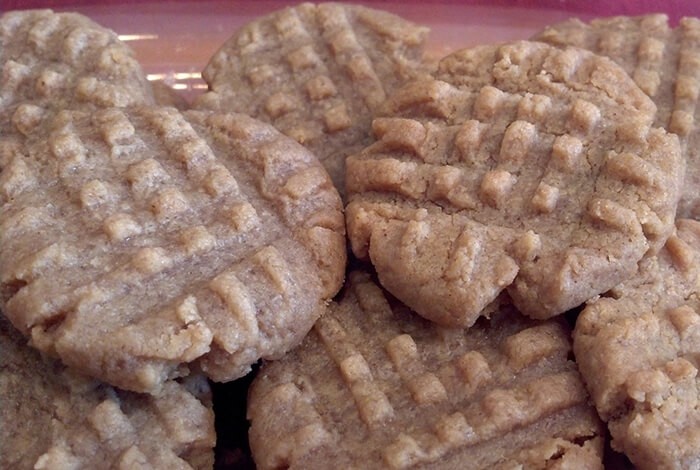 It is best to avoid giving your dog store-bought peanut-flavored snacks such as peanut butter cookies. They often have high levels of sugar, salt, artificial preservatives, and additives. Aside from that, these snacks may contain xylitol.
It is best to avoid giving your dog store-bought peanut-flavored snacks such as peanut butter cookies. They often have high levels of sugar, salt, artificial preservatives, and additives. Aside from that, these snacks may contain xylitol.
If you plan to feed your dog peanut-flavored goodies, it is best if they are homemade.
Can dogs eat honey-roasted peanuts?
Honey-roasted peanuts are not the best snack option for dogs. They often contain high sugar and salt content, which is unhealthy for canines, especially for dogs with diabetes. Other flavored peanuts should also be kept away from your furry friend.
How to safely serve peanuts to your dog
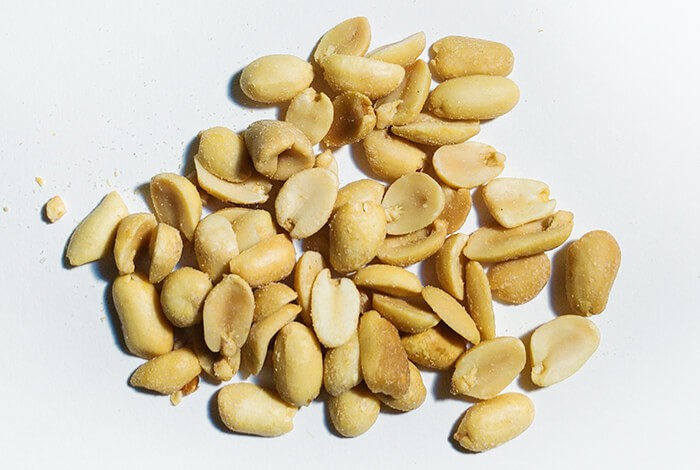 The first step would be to consult the vet. You need to check if adding peanuts to your dog’s diet won’t endanger his health. The vet will provide you with salient information, such as the right serving amount for your dog and how to prepare it properly.
The first step would be to consult the vet. You need to check if adding peanuts to your dog’s diet won’t endanger his health. The vet will provide you with salient information, such as the right serving amount for your dog and how to prepare it properly.
If the vet says it’s okay, keep in mind to avoid flavored peanuts. Serve peanuts plain. Make sure to remove the shell before giving it to your dog as an occasional treat.
If you opt to buy peanut butter, choose one that is low in preservatives and additives and xylitol-free. If you plan to make homemade peanut butter, make sure to source it from reputable sellers. This is to avoid getting peanuts that contain molds, which can be toxic to your dog.
Homemade Peanut Dog Treats
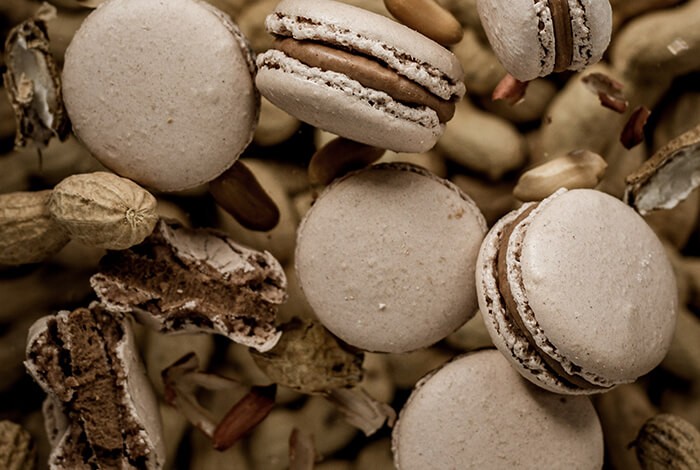 Here’s a peanut dog treat recipe that you can whip up for your furry friend:
Here’s a peanut dog treat recipe that you can whip up for your furry friend:
 Peanut Banana Biscuits
Peanut Banana Biscuits
Ingredients
- 1 1/2 cups gluten-free, old-fashioned rolled oats
- 1/2 cup natural peanut butter
- 1 large ripe banana, mashed
Procedures
- Preheat the oven to 350°F.
- Line a baking sheet with parchment paper.
- Use a blender to blitz the old-fashioned rolled oats in a blender. Set aside.
- Mash the peanut butter and the ripe banana in a large bowl.
- Add the oat flour and mix the ingredients until it forms a firm, sticky, pliable dough. You can add two to four spoons of peanut butter if it is crumbly.
- Roll the dough until it is about 1/4 inch thick.
- Cut the dough into shapes with a cookie cutter. Or you can roll it into small balls using your hand.
- Bake for fifteen minutes until lightly brown underneath.
- Take it out of the oven and let it cool.
- Serve it to your dog. Store leftover biscuits in a Ziploc bag or airtight container and place them in the fridge.

